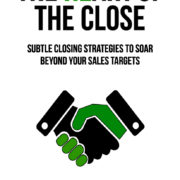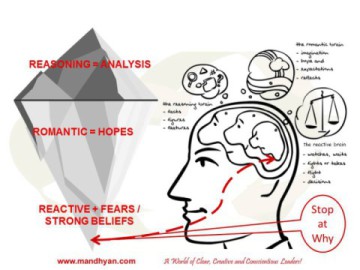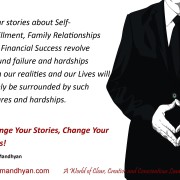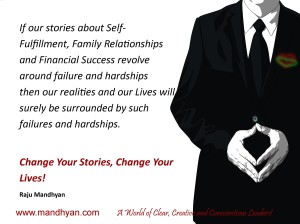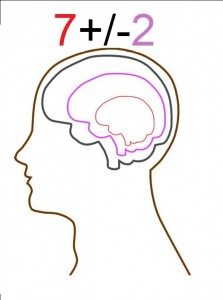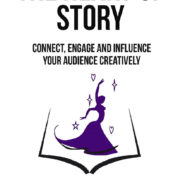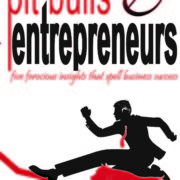Beyond the Gift of Gab
I must confess that I didn’t just wake up one morning and discover that I had the ability to sell, influence people’s minds positively and thus create real value during execution and delivery of promises made.

Subtle Closing Strategies to Soar Beyond Your Sales Targets
The process from a distance seemed easy. It seemed all that you had to do was look good and talk good. In fact, I remember one of my
bosses sending me off to distant lands with a referral note to potential customers and claiming in the note that the carrier of the letter, yours truly, had the gift of the gab! It took me years, if not decades to figure out that selling and creating value was way beyond being just having a gift of the gab. Selling was and still remains way beyond looking good, listening good and speaking well.
Selling takes imagination, understanding, empathy, patience, open-mindedness, creativity, honesty, commitment, courage and a deep ability to lead, inspire and create value not just for yourself, but for the customer and the world at large.
After years of beating the streets, so to say, when I figured I had acquired a few of those above mentioned skills and competencies I plunged into a journey of learning the elements of fine communications, human behavior and the dynamics of diverse businesses in the marketplace called the world.
To teach, train and coach others into these principles and practices I dove headlong into the fields of neurosciences, neuro-psychology and discovered how they were all so related and intertwined. How efforts in one area would impact and improve human performance in another area and eventually into the marketplace.
This book waited years to be born and I must confess the labor pains were severe and excruciating. Now, as I lay my eyes on this finished product I feel like bits and pieces of experience, wisdom and the hidden sciences of success that lay in my bone marrow and my heart have taken form and can serve others.
Thus, I place this, the HeART of the CLOSE on the table, on Amazon for you, the reader, to feast upon and then go put on your super sales-person cape and create value in this beautiful world.
Raju Mandhyan
May 2016, Philippines.
My upcoming public workshops:
InSpire Like a CEO: http://www.genesistrainingevents.com/Raju/inspire.html
Appreciative Leadership: http://www.genesistrainingevents.com/Raju/AL.html
My books also available on Amazon: http://goo.gl/OZSMj8
Posts on Facebook: https://goo.gl/MXQEqU
Talks on You Tube: https://goo.gl/dVclfm
Choice Clips from ExPat InSights : https://www.youtube.com/watch?v=vjf3sHaZBSo

